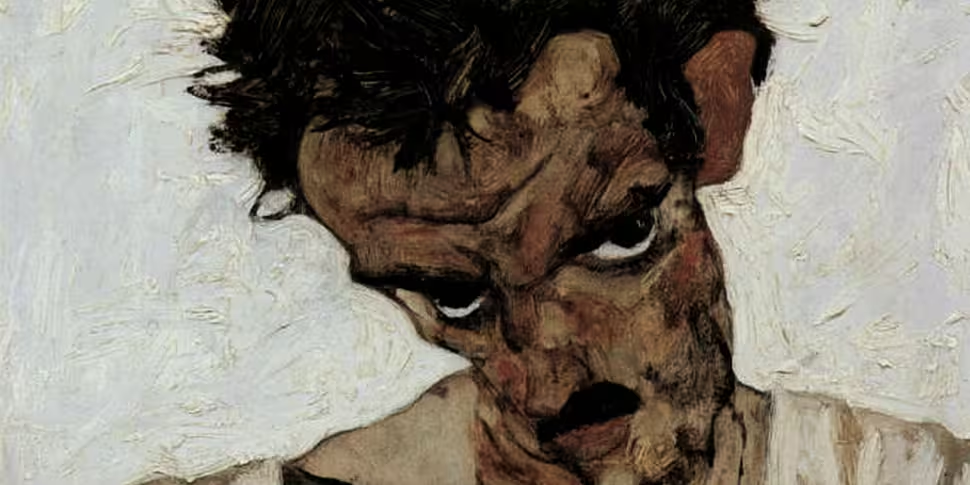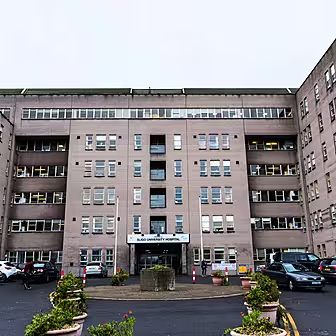Toward the end of the 19th century Europe’s repressed and hidden sexuality exploded into the public sphere as cultural and social revolution swept the continent. This is most obviously seen in the art world where the human form was envisioned in ever more bizarre and provocative styles. While this artistic avant-garde marched across many different fronts some of the most explicit and controversial imagery came from Germany and Austria where all aspects of human sexuality were explored on canvas.
This daring excursion from the norm wasn’t, however, a spontaneous happening but rather a continuation of centuries of change. The Age of Enlightenment brought the 18th century to a violent close as revolution and counter-revolution erupted in many territories and nations around the world. The movement’s egalitarian ideals didn’t need radical revolution to be realised, however, and during the 19th century they helped to see educational and industrial reform sweep across much of the Western world.
These reforms coupled with increased globalisation and urbanisation saw European interests and tastes change. Philosophy and the natural sciences continued to try and pick apart man’s nature but now looked beyond the individual subject and regarded humankind as social animals existing within groups. This change in perspective saw the rise of various social theories and schools of thought including: socialism, anthropology, social evolution, sociology, and psychoanalysis.
Artists across all mediums reflected these changes in thought as they broke with tradition and formed various modern art movements. One of the most daring of these artists was the Austrian Egon Schiele whose bold style and erotic imagery captured the zeitgeist of his time as the publicly reserved and prudish 19th century gave way to the exhibitionism of the modern age.
 Standing Nude With a Large Hat (Gertrude Schiele), 1910
Standing Nude With a Large Hat (Gertrude Schiele), 1910
In 1890 Schiele was born into the decaying Austro-Hungarian Empire. His father was the station master for the town of Tulln and as the only son it was expected that Schiele would follow down the same path. This expectation was encouraged after Schiele became fascinated by trains in his youth, enthusiastically sketching them for hours on end. His father hoped that Schiele would be able to fuse these fascinations together to become an engineer. These hopes were, however, dashed by Schiele’s poor performance in school.
Of more immediate concern to his parents, however, was Schiele’s unhealthy relationship with his younger sister Gertrude; which would have fascinated his compatriot Sigmund Freud. Schiele’s father was aware of the probable incestuous implications of his children’s relationship and endeavoured to keep the two separated. When Schiele was fifteen, however, his father died of syphilis and he became the ward of his maternal uncle, Leopold. The following year Schiele absconded with Gertrude and spent the night in a hotel room.
His father’s death was one of the most important moments in Schiele’s life. The obvious sexual connotations of the disease and its visible degeneration probably caused an association in the young artist that infused his work. The most immediate result of this passing, however, was Schiele’s entry into art school as his uncle Leopold recognised his affinity for art and came to accept that Schiele’s future didn’t lie in trains.
At the recommendation of his art tutor, Ludwig Karl Strauch, Schiele was sent to the School of Arts and Crafts in Vienna. The staff here were quick to encourage Leopold to transfer Schiele to the more traditional and prestigious Academy of Fine Arts. Though he was only sixteen Schiele’s talent and ability had already started to get him recognised amongst Austria’s artistic community.
 Wally Neuzil in Black Stockings, 1912
Wally Neuzil in Black Stockings, 1912
This standing would massively increase the following year as Schiele began a close working relationship with Austria’s foremost artist of the time, Gustav Klimt. Though Klimt had achieved critical success earlier in his career the 20th century marked a change in his work as he sacrificed the lucrative but diminishing field of public commissions in favour of creating more erotic and provocative works. Klimt seemed to recognise a kindred spirit in Schiele and began to help and encourage the young artist.
With this support behind him Schiele had his first exhibition in the town of Klosterneuburg in 1908. The following year he deserted the Academy of Fine Arts with a group of other students dissatisfied with the institution’s conservatism and founded the New Art Group. Free from the limitations imposed by the Academy and with Klimt’s patronage, Schiele began to explore sexuality and the human form on canvas.
Though he took part in numerous group exhibitions over the following years, Schiele’s haunting and explicit images alienated many people. The distorted and skinny, almost emaciated figures, in Schiele’s paintings were often depicted in disturbing sexual poses. Drawn onto barren backgrounds the eye can’t escape these figures pleasuring themselves or others, or threatening to do so. Though others like Klimt had openly explored the erotic and human sexuality on canvas before Schiele was more provocative in his depictions and delved deeper into the subconscious.
 Death and the Maiden, 1915
Death and the Maiden, 1915
From a young age Schiele had been convinced of his own genius. Though this personal image had been supported by artists like Klimt, the lack of financial success and conflicting public reception weighed heavily on Schiele. In 1911 he moved with his seventeen-year-old lover, Walburga Neuzil, to his mother’s hometown of Krumau. Wally as she was affectionately known acted as Schiele’s muse for the next 3 years of his life.
This period would, however, prove to be one of the toughest in Schiele’s life. The people of Krumau didn’t look favourably on Schiele and Wally’s bohemian lifestyle. His art was viewed as pornographic and corrupting and Schiele and Wally were ousted from the town after claims that he had been using local teenage girls as models. The couple moved to Neulengbach where their supposedly salacious lifestyle landed the artist in trouble again.
With his and Wally’s publicly alternative lifestyle Schiele’s studio quickly became a beacon for the town’s delinquent and malcontent youth. This caused a great deal of trouble for the artist when he was charged with seducing and abducting a girl below the age of consent in April 1912. Though all charges relating to the incident were dropped the search of Schiele’s studio had produced a large number of nude and erotic images. Schiele was found guilty of public immorality for exhibiting these images in a place accessible to children and was ordered to serve 24 days in jail, with the 21 he had been held for taken into account.
 Woman, 1917
Woman, 1917
This incarceration acted as a catalyst in Schiele’s work. Where before his main focus had been on sexuality and the nude form now the themes of death and rebirth entered into his work. This shift didn’t diminish the explicitness of his work, however, only adding a further dimension to be analysed. Furthermore Schiele and Wally were forced to move once again; this time venturing back to the more bohemian friendly Vienna and settling in the suburb of Hietzing.
It was in Hietzing that Schiele’s eyes fell upon the Harms sisters, Edith and Adéle. Ever the pragmatist Schiele decided on using marriage to improve his station in life and through 1914 and ’15 wooed the younger Edith. Despite their alternative lifestyle Wally wasn’t comfortable with this state of affairs and left Schiele after he and Edith became engaged. They were married on June 17th 1915, just four days before Schiele left to serve in the First World War.
Though his reputation as a leading artist kept Schiele from serving on the front his duties guarding and escorting prisoners of war stifled his creative output. This was probably due to a combination of time constraints and a lack of female models. Despite these setbacks and the ongoing war Schiele continued to exhibit his work throughout Austria-Hungary, Germany, and neutral Switzerland. He soon adapted to his situation and, after being moved to a desk job in a POW camp, began to paint the Russian officers held there.
 The Family, 1918
The Family, 1918
This period also saw a change in Schiele’s style as his female figures lost their hard slenderness and became fuller in shape. This didn’t, however, remove the often disturbing sexuality from his work and Schiele continued to focus on explicit images of the female form in sexual and masturbatory poses. This transition was realised in full in 1917 after Schiele returned to Vienna and his career as a fulltime artist.
He was, however, no longer an up-and-coming talent but rather an established and mature artist and the darling of the Austrian art scene. After Gustav Klimt passed away on February 6th 1918 all eyes turned to Schiele as heir apparent. Vienna was to be doubly shocked, however, when, on October 28th, Schiele died from the Spanish flu. He was only 28 years old and was predeceased by his wife by three days, she was pregnant with their first child.
Listen back to ‘Talking History’ as Patrick and a panel of experts look back on this tragic yet amazing life. Does Schiele deserve to be remembered as one of Austria’s greatest artists? What does his art say about the time and society he lived in? And what do you think of his work?









